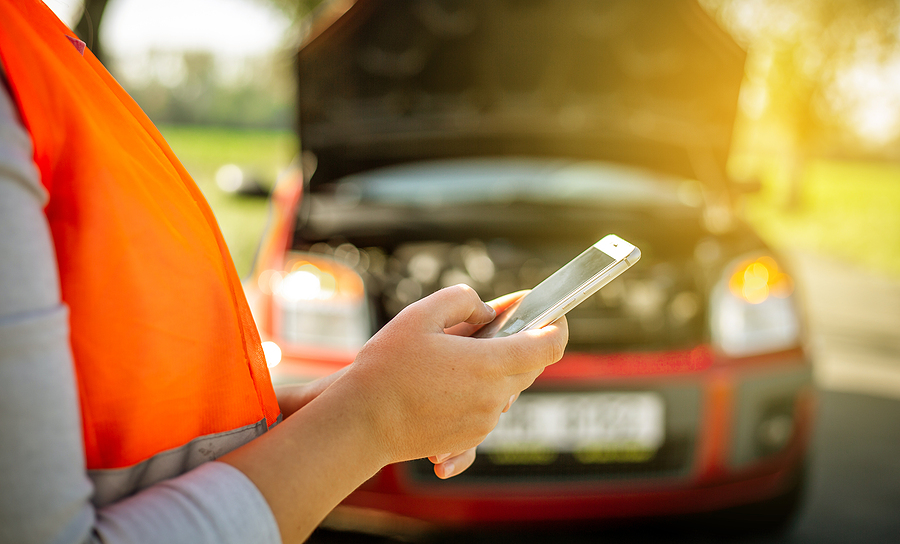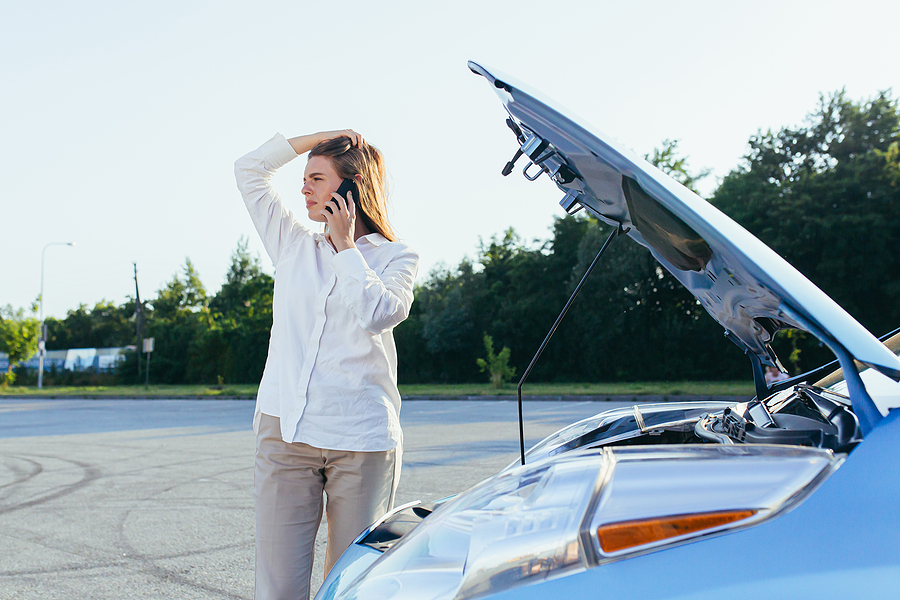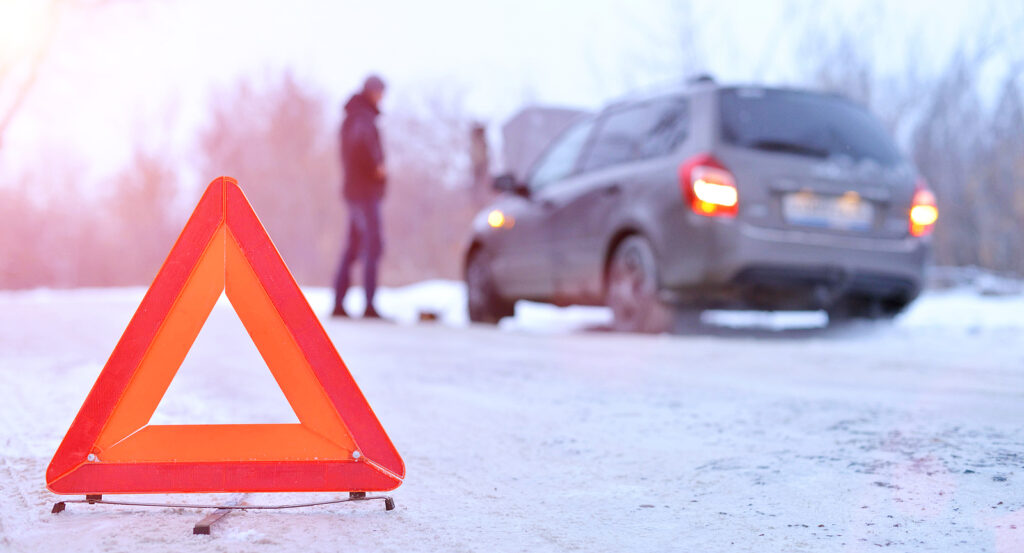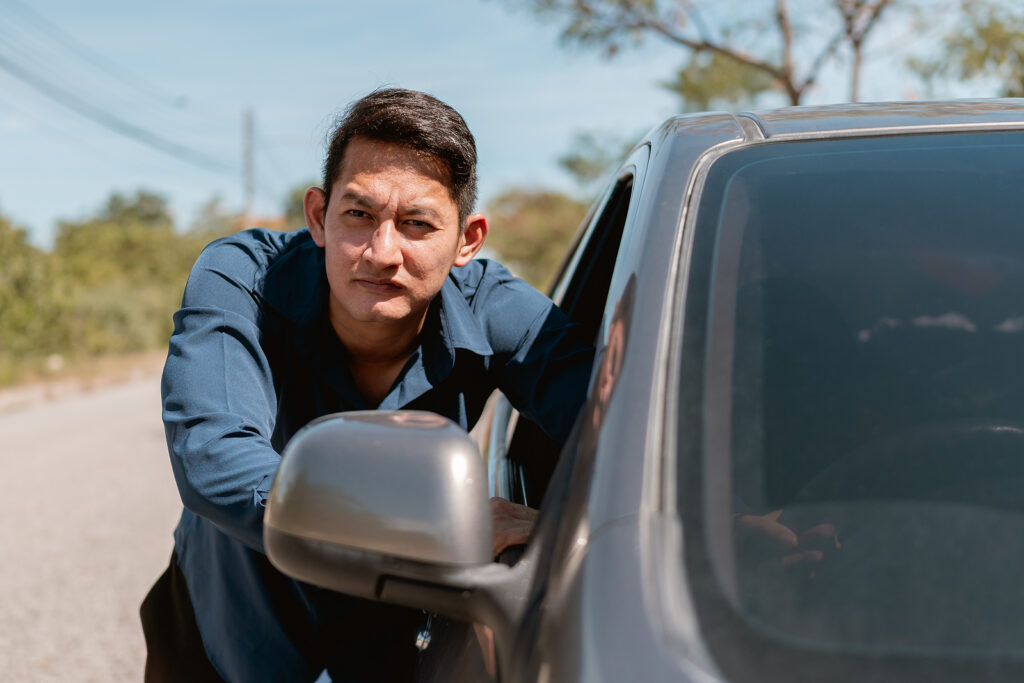For many of us, the road is like a second home. It’s where we encounter life’s unexpected twists in a very literal sense. A flat tire, engine trouble, or an unfortunate roadside collision can happen to anyone at any time. In these often-stressful scenarios, the wait for a tow truck is a critical period where the right actions can mean the difference between a smooth recovery and a complicated situation.
This blog post is your guide to making the most of those crucial minutes while you’re waiting for a two truck roadside assistance service. Whether you’re an experienced driver or you’ve just got your keys to independence, the importance of these steps can’t be overstated.

Key Steps to Take While You Wait for a Tow Truck
When finding yourself in a situation where you need to wait for a tow truck, it’s important to take specific steps to ensure safety, expedite the service, and feel more at ease throughout the process. By following these guidelines, you can effectively manage the situation and make the experience smoother for yourself and those assisting you. Let’s dive into the most important key points.
Ensure Your Personal Safety
The first and most crucial step is to ensure the safety of both you and your passengers. This is paramount for a smooth and secure journey. Here’s how:
▷ Find a Safe Location – If you can, move your vehicle to a safe and visible location, away from the flow of traffic. This could be a nearby shoulder, a parking lot, or an emergency stopping area.
▷ Turn on Hazard Lights – Alert others of your presence by activating your hazard lights. Ensure they are working and visible, especially in adverse weather or low-light conditions.
▷ Use Reflective Triangles or Cones – If you have them, place reflective triangles behind your vehicle to provide an extra layer of warning to oncoming traffic.
Contact an Emergency Tow Truck Service
Having the right towing and roadside assistance service contact information at your fingertips is invaluable when faced with a roadside emergency. Here’s what you need to keep in mind:
▷ Keep Essential Contact Information Handy – Store the number of your roadside assistance service or tow truck company in your phone and on a paper in the car. Familiarize yourself with their procedure for requesting assistance.
▷ Communicate Your Location Clearly – When you call for tow truck service, be precise about your location. Note any landmarks, mile markers, or recognizable signs to help the service find you quickly.
Remain Calm and Patient
Remaining composed is essential for both your mental well-being and the safety of others on the road.
▷ Avoid Roadside Confrontations – If you have had an accident, never engage in confrontation with other parties involved. Remain calm and wait for proper authorities or assistance.
▷ Be Prepared to Wait and Stay Informed – Tow trucks are dispatched based on priority and location. Ask for an estimated time of arrival and any updates as you wait.
Secure Valuables and Important Documents
Your immediate concern should be safety, but don’t forget your personal items and vehicle documents. Here are some important things to remember:
▷ Gather Personal Belongings – Take the time to collect any valuables or important items from the vehicle. You may not be able to once your car is towed.
▷ Ensure Relevant Documents Are Accessible – Keep your insurance card, registration, and any other relevant documents in a readily accessible location within the car.
Communicate With Other Road Users
If you’re unable to move your vehicle completely off the road, take steps to manage the situation. Here’s where you might start:
▷ Signal for Help if Needed – Use your phone or wave down drivers on the shoulder to help direct traffic or assist in calling for help.
▷ Maintain Visibility and Awareness – Stay alert and make your presence known. Honk your horn if necessary, to alert passersby of your need for help.
Conclusion
Being prepared for the unexpected while driving is not merely a matter of having a first-aid kit or jumper cables in your trunk. Knowing what to do in the event of an emergency can have a profound impact on your safety and that of others. By staying informed and following these guidelines, you’re not just biding your time until the tow truck arrives—you’re taking proactive steps to ensure a positive outcome from a challenging situation. Remember, safety is always the top priority, and every precaution you take brings you one step closer to getting back on the road securely and smoothly.
Are you currently in need of emergency towing or roadside assistance? Or perhaps you are just thinking about hiring a tow truck to transport your vehicle or equipment to a new location? We can help either way. Contact Zore’s Towing for 24 hour roadside assistance and tow truck service in Indianapolis and its surrounding counties. We provide towing, recovery, equipment transport, car lockout service, flat tire service, jump starts, refueling, and more!
Related Posts:
Top 5 Reasons to Always Go for Licensed Tow Truck Service
What to Do if Your Truck Broke Down in Indianapolis
How Much Does Tow Truck Service Cost?











